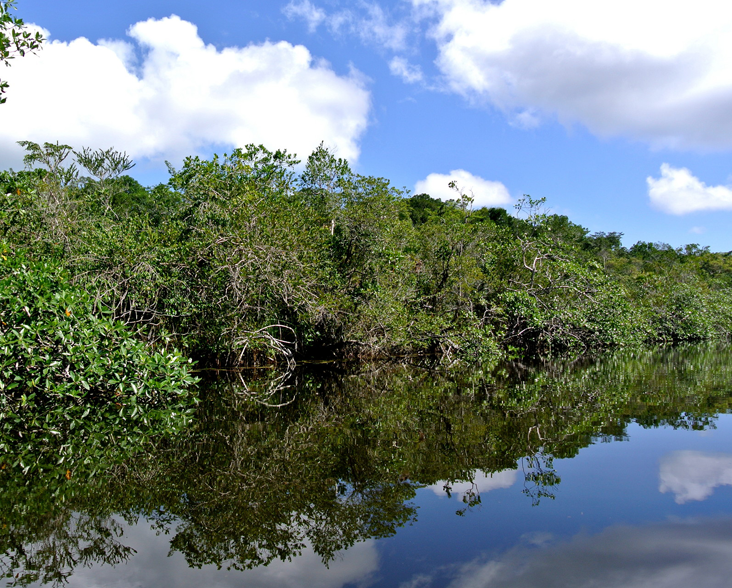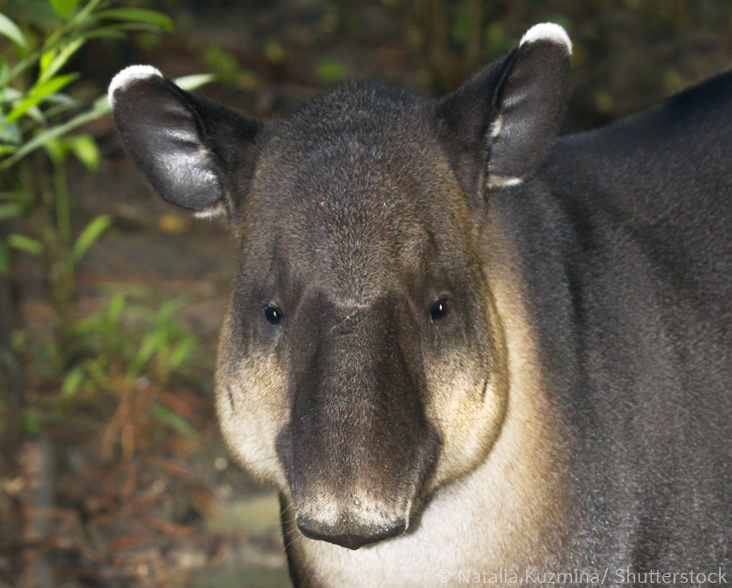Ecoregion: Petèn-Veracruz Moist Forests
Key Species: West Indian Manatee, Neotropical Otter, Mexican Black Howler Monkey, Baird’s Tapir, Harpy Eagle
Laguna Grande Sarstún Reserve is located within an area of tropical forest and wetland considered to be the single largest remnant of lowland and inundated tropical rainforest in Caribbean Guatemala. The reserve is just south of the border with Belize.
The property is located right at the centre of the largest contiguous riparian forest on the Guatemalan side of the Rio Sarstún, in an area that encompasses a unique system of lagoons, mangroves, inundated forests, lowland forests, and karstic mountain forests between sea level and 385 metres above sea level.

Conservation Action
Lowland and inundated tropical forests of the Caribbean Region of Guatemala have almost all disappeared, with less than 20 per cent of their original surface still remaining. The greatest threats to this area include cattle ranching and loss of land to agriculture. World Land Trust are currently supporting land purchase to extend Laguna Grande, providing greater protection for threatened habitats and the wildlife that live here.
Biological Importance
Laguna Grande is home to 84 species of mammal, including Neotropical Otter (Lutra longicaudis), Mexican Black Howler Monkey (Alouatta pigra), Baird’s Tapir (Tapirus bairdii), West Indian Manatee (Trichechus manatus) and five species of big cat including Jaguar (Panthera onca).
The area is also a very important stopover and breeding site for migratory birds. More than 100 species of migratory birds visit Guatemala’s Caribbean forests during the northern hemisphere winter, 19 of which are in decline in North America.

Community involvement
FUNDAECO aims to provide alternative employment and income generating opportunities for the local Q´eqchí communities located south of the reserve, thus reducing the long-term possibilities of encroachment for illegal resource extraction.
Local people are very much part of this project and FUNDAECO works closely with the nearest community to the reserve, where they are carrying out two development projects: Training of Q’eqchí women as tourism caterers and aquaculture of native species of fish with local fishermen.
